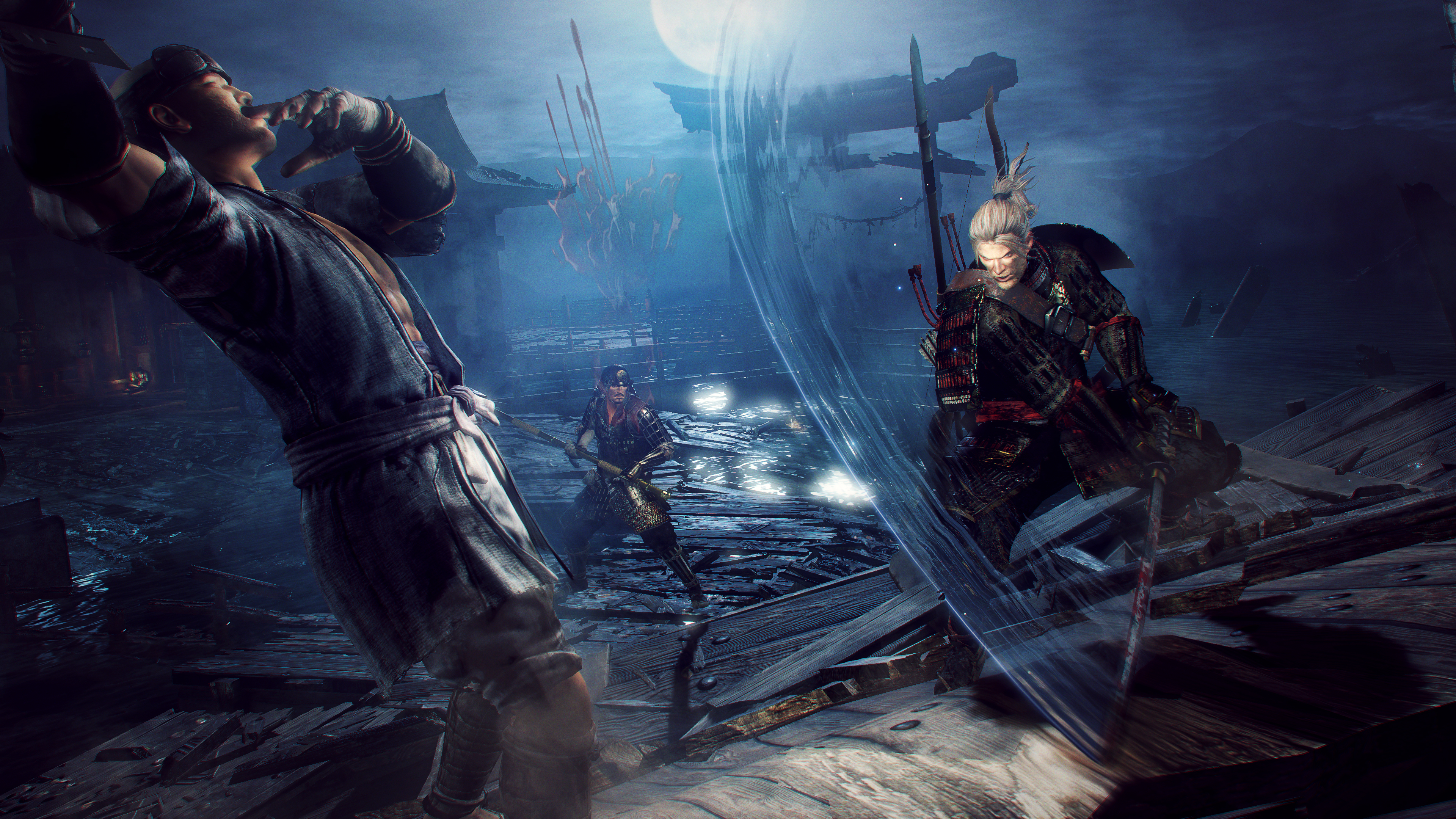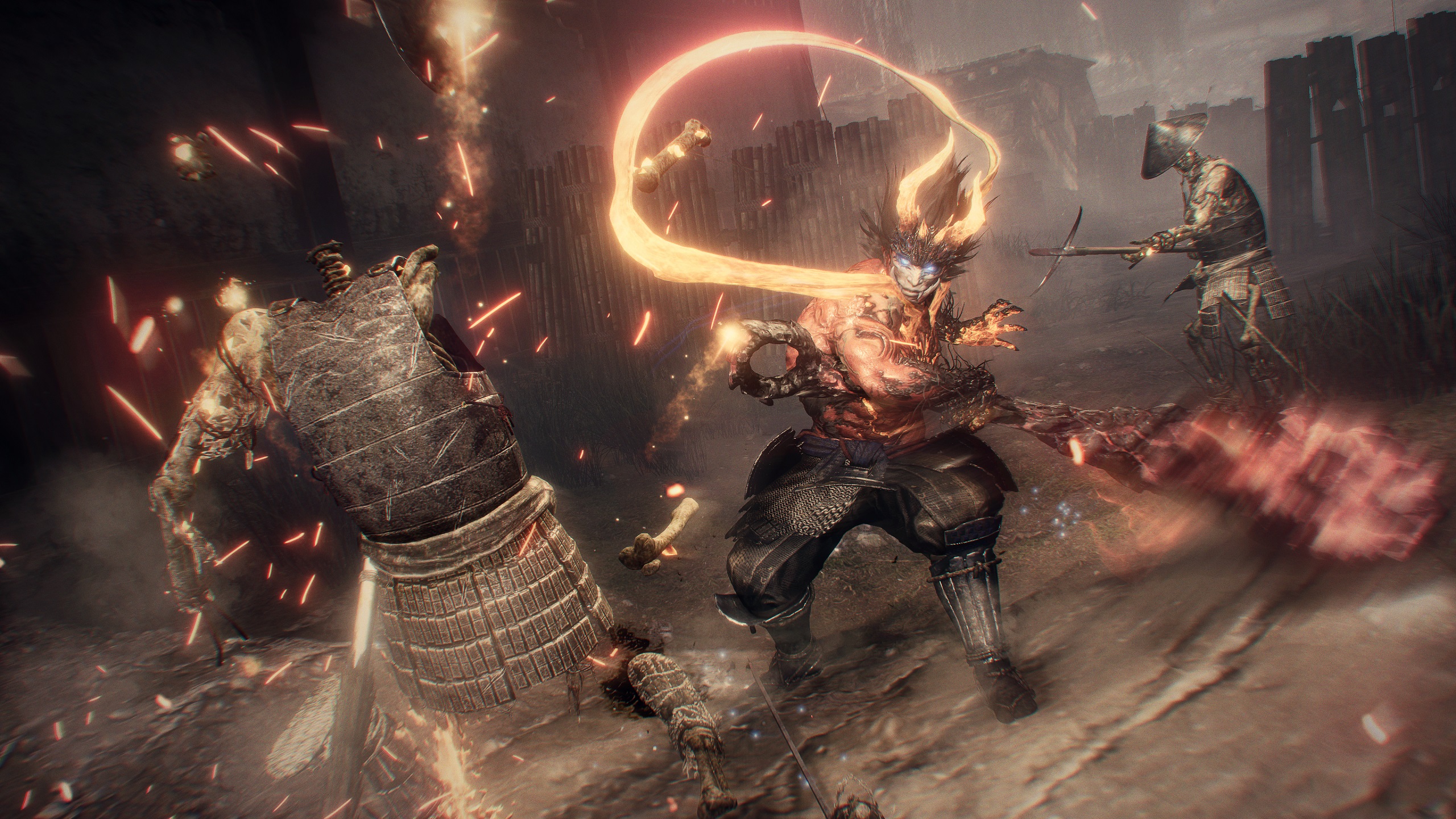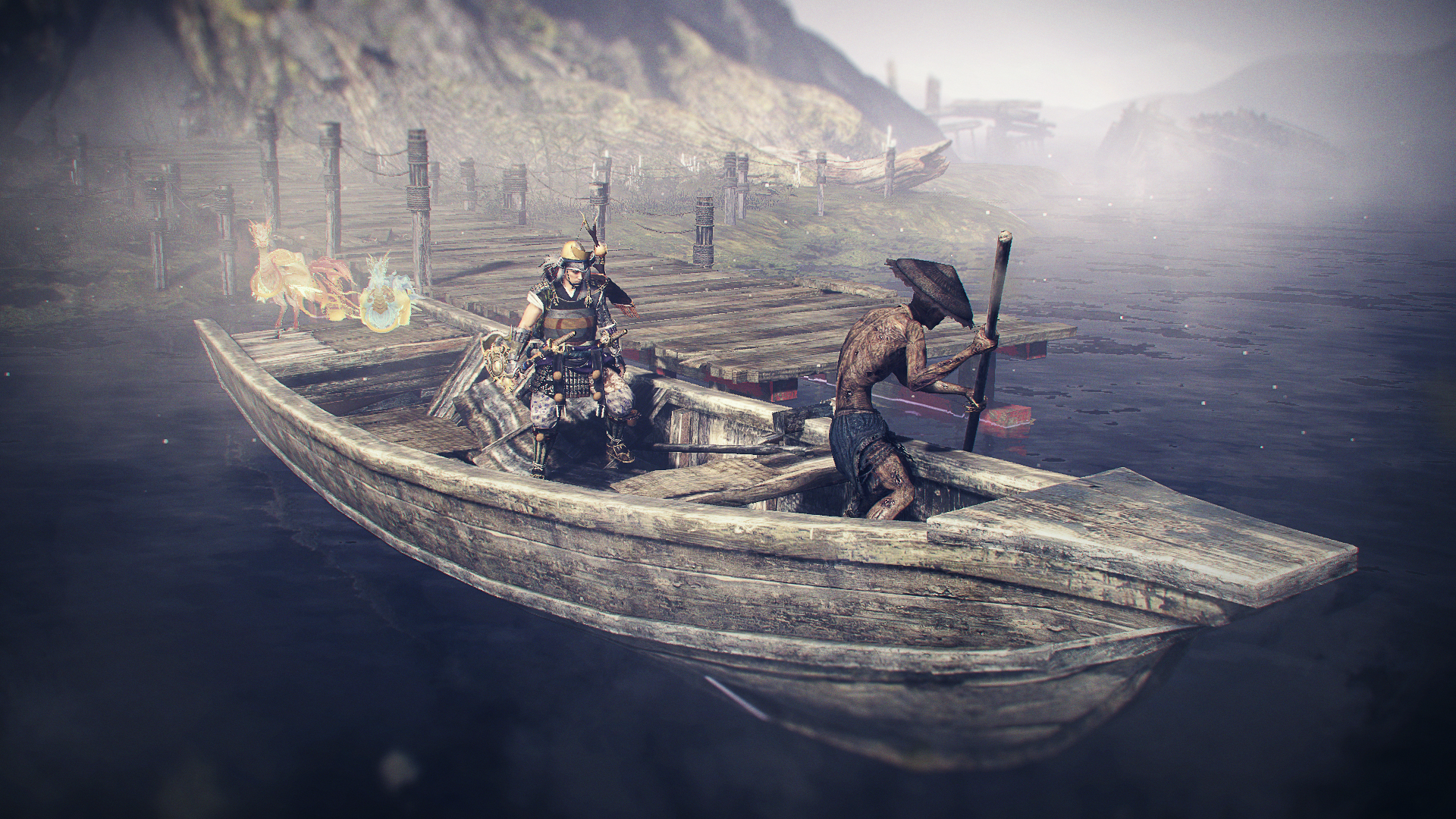I played Nioh Remastered on PS5 — and it shows off the console's best feature
Nioh Remastered looks great at 120 fps — but even better in Dynamic 4K


EDITOR'S NOTE: The Nioh Collection won "most rewarding challenge" at the Tom's Guide Awards 2021 for gaming.
You may remember Nioh as a stylish action/RPG on the PS4 and PC. You may remember Nioh as “samurai Dark Souls” for its demanding difficulty curve and imaginative feudal Japan setting. Or, if you’re like me, you may remember Nioh as a low-key, feel-good success story.
Gamers and critics loved both Nioh and its sequel, Nioh 2. The games sold millions of copies, never courted controversy and just generally left a good impression on the gaming community. Memories are so good, in fact, that Sony has re-released both games for the PS5 as Nioh Remastered and Nioh 2 Remastered.
Sony sent Tom’s Guide a code for The Nioh Collection, which includes both Nioh and its sequel, optimized for PS5. I’ve had a few days to run through the games and see what’s changed and what hasn’t in the few years since they first came out.
- Play the best PS5 games
- The best PS4 games will also work on PS5
- How to watch Super Bowl 2021: live stream Chiefs vs Buccaneers free online

Nioh Remastered: What’s different?
First things first: If you already own Nioh and Nioh 2 on the PS4, you may not need to buy the remastered versions. Nioh 2 owners get a free upgrade to Nioh 2 Remastered — although if you don’t own the DLC, you’ll still need to buy that separately.
If you want the remastered version of the original Nioh, though, that’ll set you back a full $50, even if you own the PS4 version. You could also buy The Nioh Collection for $70, which includes everything. (It’s a little confusing, but a PlayStation blog post attempts to clarify who gets what, and for what price.)
For the most part, the games are exactly as they were before, with the same levels, enemies and items just as you remember them. Tom’s Guide covered the first game when it debuted, so check our Nioh review if you want a full breakdown.
Get instant access to breaking news, the hottest reviews, great deals and helpful tips.
If you’ve never played the Nioh games before, you play as a samurai in Edo-era Japan who does battle against both human and demonic foes with a variety of weapons. The tough, rhythmic combat is reminiscent of Dark Souls, as are the twisting, mazelike levels, the ability to upgrade your character’s stats and the brutal boss encounters.
What’s interesting about the PS5 versions of the games is that they now include much better graphical options: Dynamic 4K and 120 fps modes. I tried both modes, on both games, and was generally pleased by the results.
The fact is that while running games at 120 frames per second is a big selling point of the PS5, relatively few games support the feature at present. In addition to the Nioh Collection, there’s Borderlands 3, Call of Duty Black Ops Cold War, Destiny 2, Devil May Cry 5: Special Edition, DIRT 5 and precious little else.
With its fast, fluid swordfighting, I hoped that Nioh could leverage the 120 fps mode in a way that even the PS5’s first-person shooters couldn’t. What I found, though, was that the dynamic 4K worked much better.

Nioh Remastered: Dynamic 4K and 120 fps modes
As stated above, if you buy Nioh Remastered, you’re essentially paying for the updated graphics. The rest of the game is just as you left it.
As such, I had incredibly high hopes for the 120 fps mode. When they’re running at full tilt, some PS5 games don’t even reach 60 fps; to run a game at double that frame rate could be a real treat.
The first stumbling block is that most TVs simply don’t support 120 Hz refresh rates. Unless you’re looking at TVs specifically optimized for gaming, most sets cap out around 60 Hz, limiting you to 60 fps, at most. You also need an HDMI 2.1 cable; regular HDMI 2.0 cables don’t support 120 Hz refresh rates.
Assuming you have both of those things, however, enabling 120 fps mode in Nioh Remastered and Nioh 2 Remastered couldn’t be simpler. From the main menu, you just select Game Mode, then choose whether you prefer optimizations for Dynamic 4K, 120 fps or standard display (1080p TVs, in other words).
You can’t switch these settings mid-game; you can only do so from the main menu. This is a little obnoxious if you want to experiment with each mode, but once you find one you like, you’ll probably stick with it for the whole experience.
First, I tried the Dynamic 4K mode, which is absolutely gorgeous. As the name suggests, this setting keeps the game running at a (relatively) consistent 4K, occasionally dropping frame rate or other graphical features to keep up.
For the record, this does not mean the game is running in 4K at all times; just that it will prioritize a 4K resolution over other considerations.
In this mode, every rock, tree and flaming arrow comes through in exquisite detail. I was especially impressed by an early level in Nioh 2, where I stood under a tree with striking pink and green leaves, gently waving in a passing breeze. (It helps that Nioh 2 has an HDR mode for a vibrant range of colors; the original does not, unfortunately.)
The 120 fps mode, however, will probably be the star of the show for most people. Fast and furious combat is at the core of both Nioh games, and anything that renders combat more fluidly could theoretically confer gameplay benefits, instead of simply looking prettier.
Indeed, when I turned on 120 fps mode, I was impressed by just how quickly protagonist William could swing his sword, evade enemy attacks and dash across flaming villages. The tradeoff was that objects didn’t look nearly as sharp, and texture pop-in was noticeable, particularly on rocks and trees.
What surprised me, though, was when I turned Dynamic 4K back on — and didn’t notice a tremendous difference in frame rate. I’m sure it was there. But the fact is that even while prioritizing 4K, the Nioh games kept the frame rate pretty high.
Furthermore, these titles are more about how combat feels than how it looks. If combat flowed more smoothly in the 120 fps mode, it was hard to notice while my attention was on striking, parrying, dodging and discerning enemy patterns.

Nioh Remastered: Outlook
Even if 120 fps mode in Nioh Remastered didn’t bowl me over, I’m glad it’s there. This way, players can choose whichever experience suits their playstyle better. Either way, it’s a treat to see these two memorable adventures get a fresh coat of paint.
Nioh and Nioh 2 aren’t that old, and maybe neither one was absolutely screaming for a remaster so soon. But while we’re waiting for some new PS5 exclusives, it’s as good a time as any to revisit some past PlayStation favorites. These two games are a solid investment for any action/RPG aficionados — and if you have a 120 Hz TV, so much the better.

Marshall Honorof was a senior editor for Tom's Guide, overseeing the site's coverage of gaming hardware and software. He comes from a science writing background, having studied paleomammalogy, biological anthropology, and the history of science and technology. After hours, you can find him practicing taekwondo or doing deep dives on classic sci-fi.
